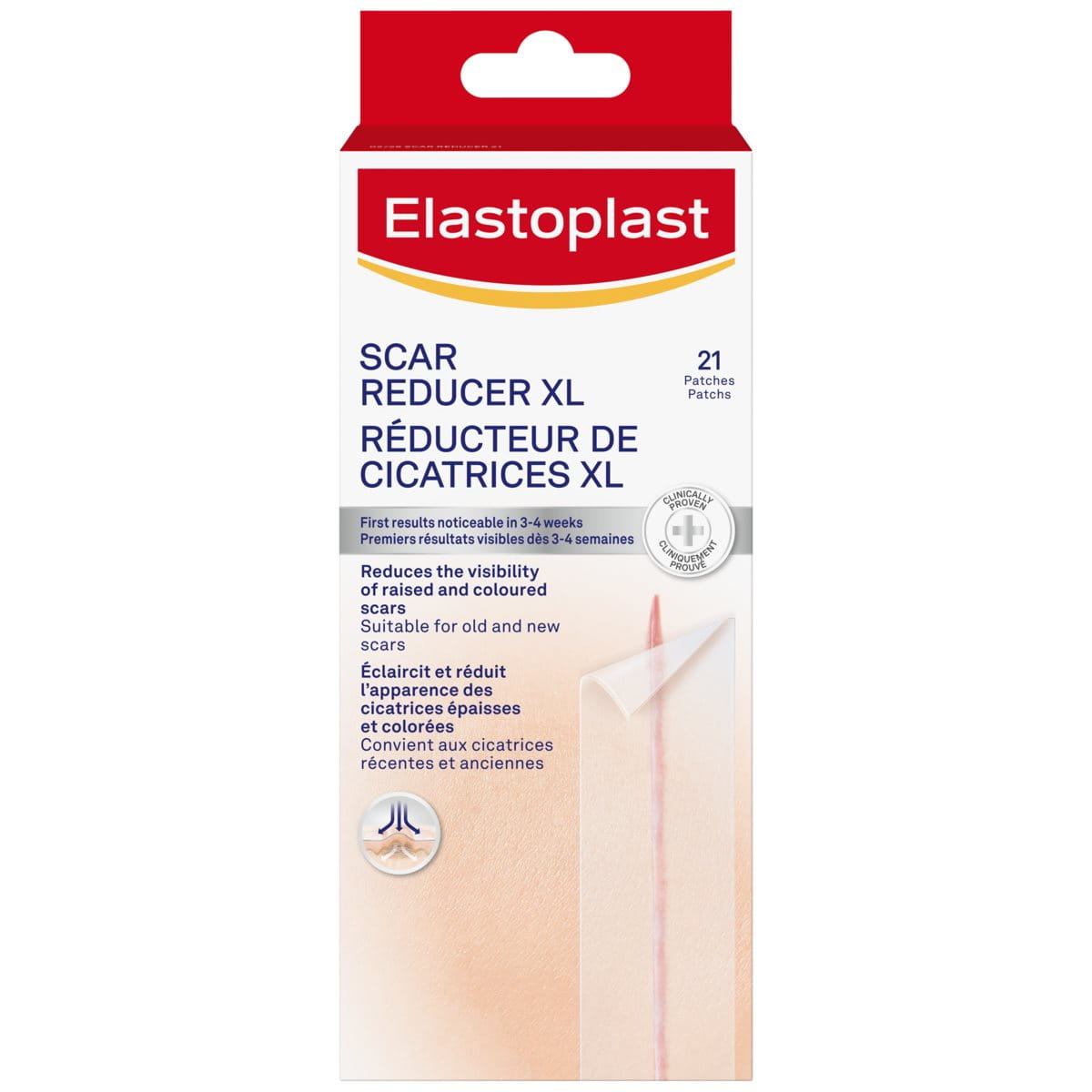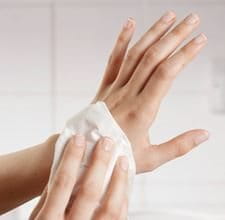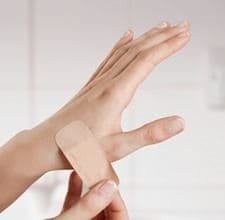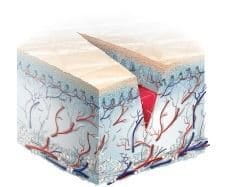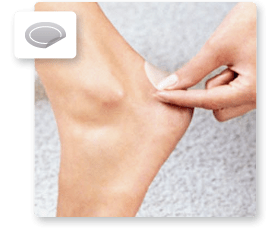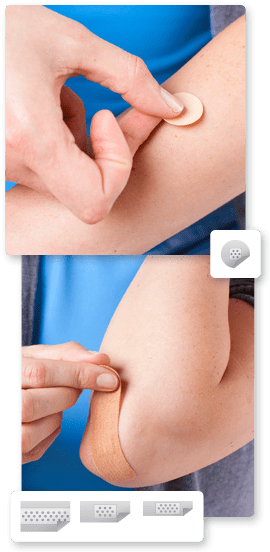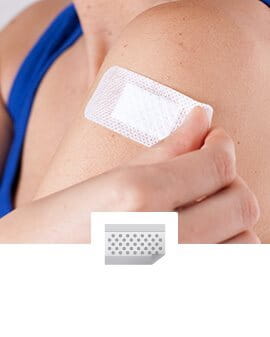Do not play down a small wound: Every small impairment of your skin deserves attention and the right treatment, so that your skin can heal off perfectly. Fortunately, the most common everyday injuries are minor wounds which can easily be attended to with an adhesive bandage.
Whether you have cut yourself while chopping some vegetables, grazed your skin while scratching along a wall or when falling on your hands – a bandage will attend to these minor injuries and help them heal better.
